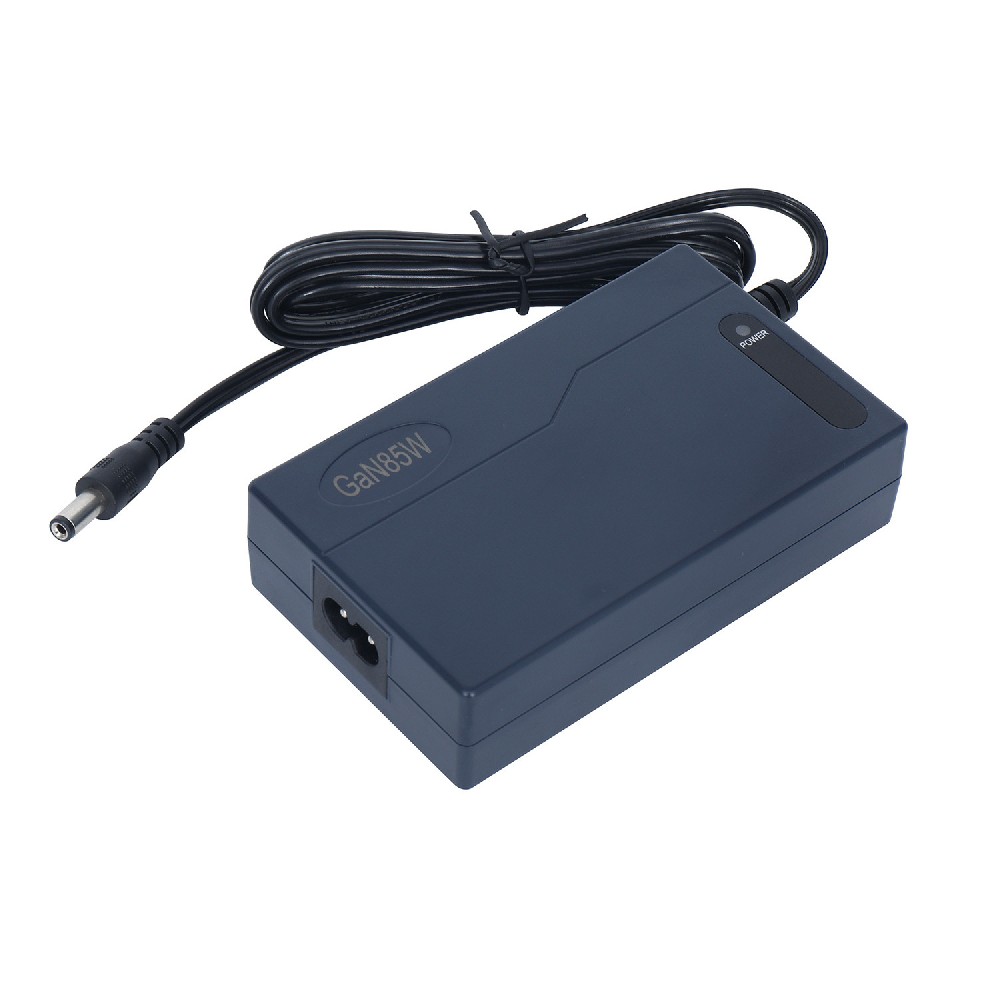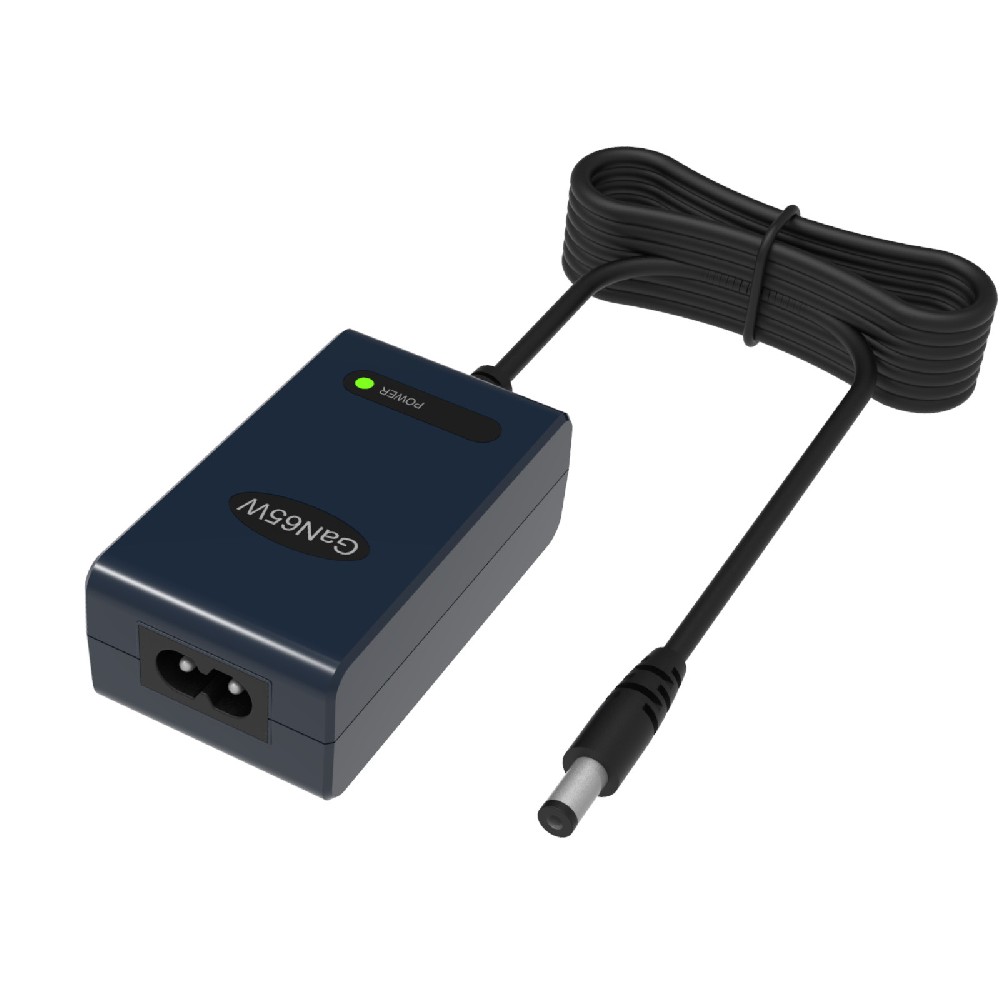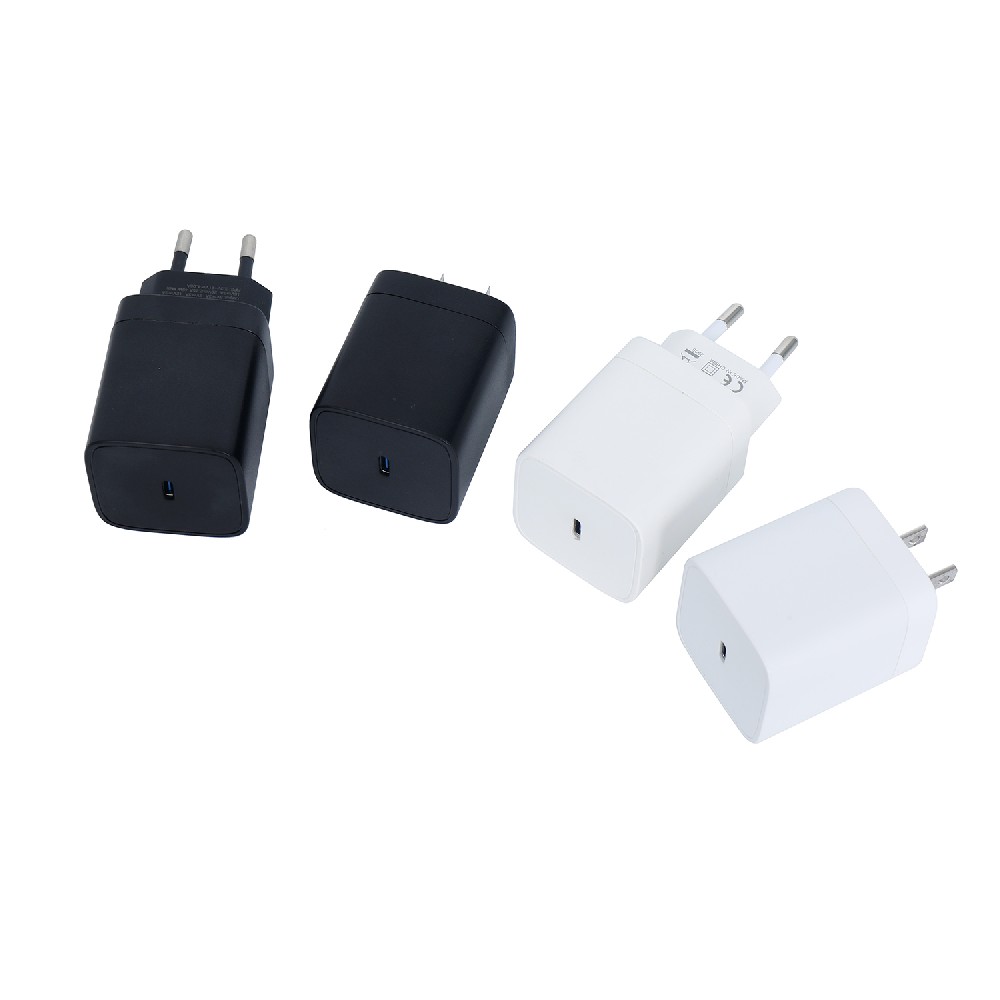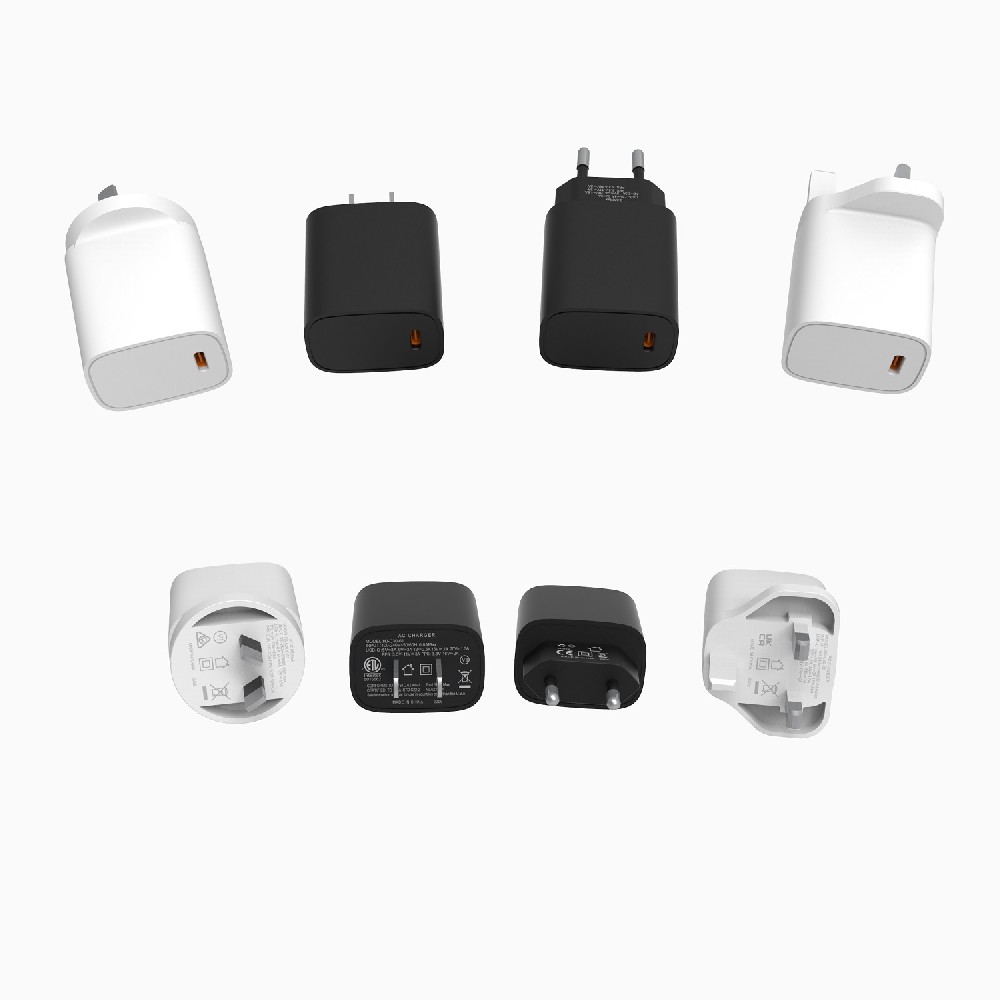Information Center
Are You Using the Right Charger? The Importance of Choosing the Correct Charger for Lithium Ion Batteries
Published:2023-07-27 10:40:32 Author:Green WCND Views:46Lithium ion batteries have become increasingly popular in recent years due to their high energy density, low self-discharge rate, and long lifespan. They are used in a wide range of devices, including smartphones, laptops, and electric cars. However, not all chargers work with lithium ion batteries. In this article, we’ll explore what chargers work with lithium ion batteries and why it’s important to use the right charger.
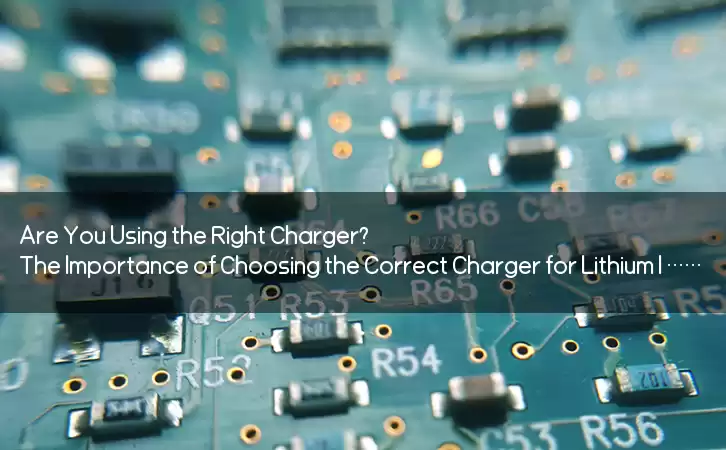
First and foremost, it’s important to understand the basic properties of lithium ion batteries. These batteries have a specific voltage range and need to be charged within that range to avoid overheating and damage. Most lithium ion batteries have a nominal voltage of 3.6 to 3.7 volts per cell and a full charge voltage of 4.2 volts per cell.
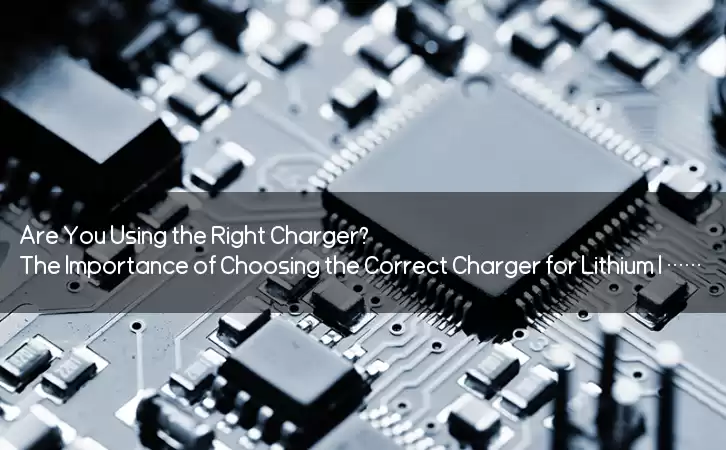
When it comes to chargers, there are two main types: constant voltage chargers and constant current chargers. Constant voltage chargers provide a fixed voltage to the battery and vary the current to keep the voltage constant as the battery charges. Constant current chargers, on the other hand, provide a fixed current to the battery and vary the voltage to keep the current constant as the battery charges.
For lithium ion batteries, the ideal charger is a constant current-constant voltage (CCCV) charger. This type of charger provides a constant current during the initial charging phase to quickly bring the battery up to around 70-80% of its capacity. Then, the charger switches to a constant voltage mode to slowly charge the battery to 100% while keeping the voltage within the safe range.
Using the wrong charger with a lithium ion battery can result in several problems. Overcharging can lead to overheating, which can damage the battery and even cause it to explode. Undercharging can also damage the battery by causing a buildup of lithium on the anode, which can reduce battery capacity and shorten its lifespan.
In addition to using the correct type of charger, it’s also important to use a charger with the appropriate power output. The power output of a charger is measured in watts (W) and is calculated by multiplying the voltage (V) by the current (A). For example, a charger with an output of 5V and 2A has a power output of 10W.
If a charger has too low of a power output, it may not be able to charge the battery quickly enough or at all. If a charger has too high of a power output, it can damage the battery by providing too much current or voltage.
In conclusion, it’s important to use the right charger with lithium ion batteries to ensure optimal performance and avoid damaging the battery. CCCV chargers are ideal for lithium ion batteries, and it’s important to use a charger with the appropriate power output. By following these guidelines, you can help extend the lifespan of your lithium ion batteries and prevent potential safety hazards.
Power Adapter Design and Customization Guide for Portable Electric KettlesI. Common Design Types for Portable Electric Kettle Power AdaptersPortable electric ke···
I. Common Design Types of Power Adapters External Independent Type (Most Common) Design: A standalone adapter (e.g., "black brick") connected to the p···
Handheld Vacuum Cleaner Power Adapter Selection GuideIntroductionHandheld vacuum cleaners have become a mainstream tool for household cleaning due to their port···
Drill Power Adapter Selection Guide.drill-container { font-family: Arial, sans-serif; line-height: 1.6; max-width: 800px; margin: 0 auto; padding: 20px; } .dril···
